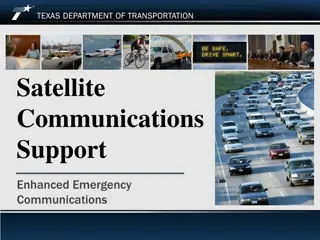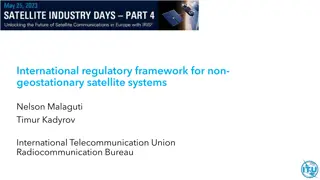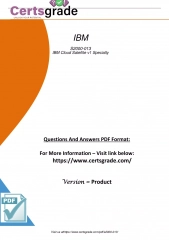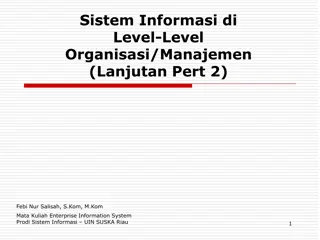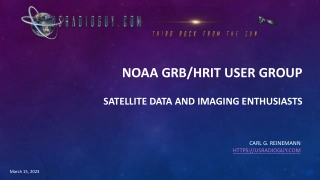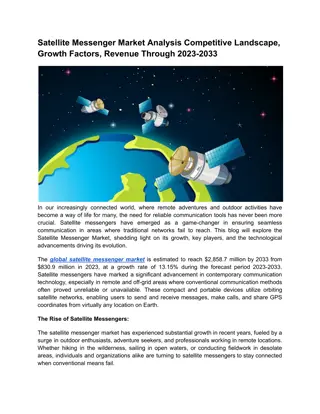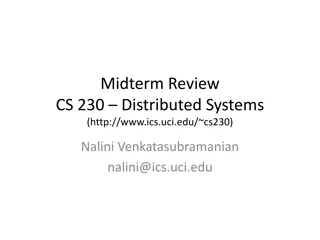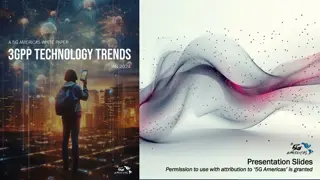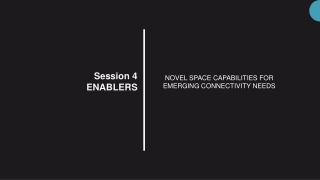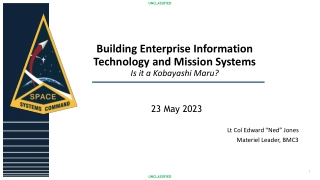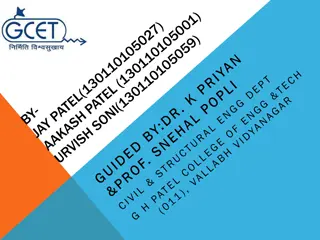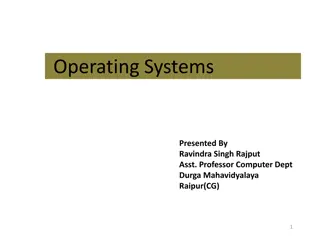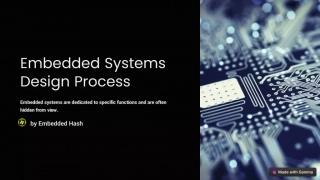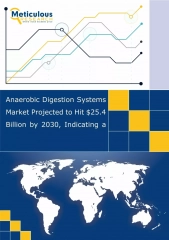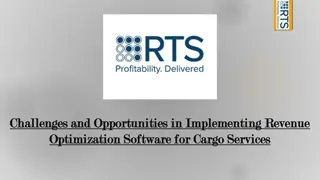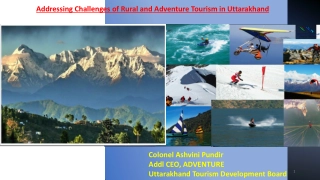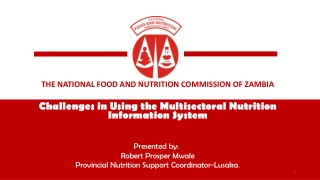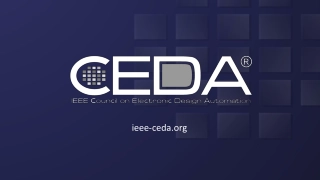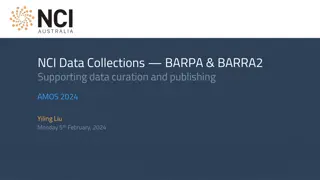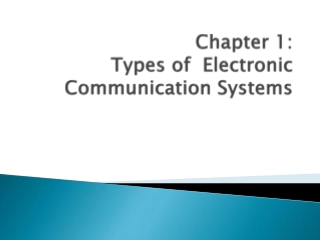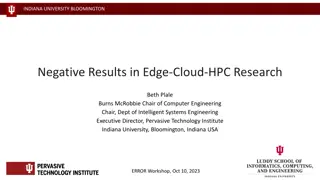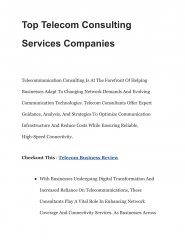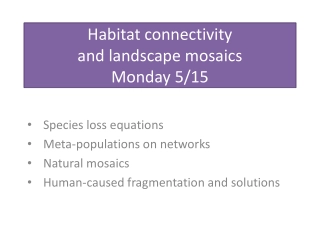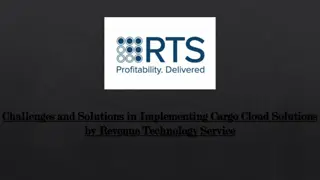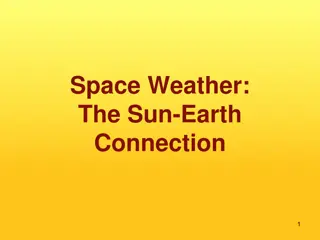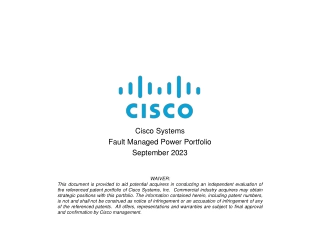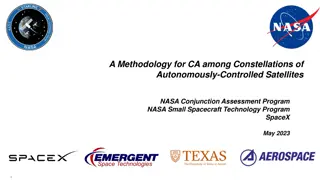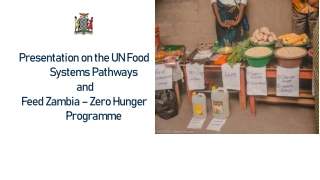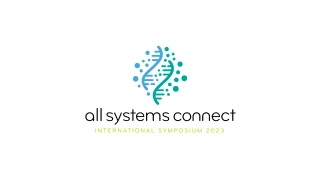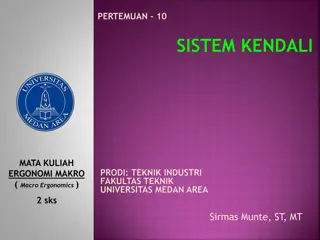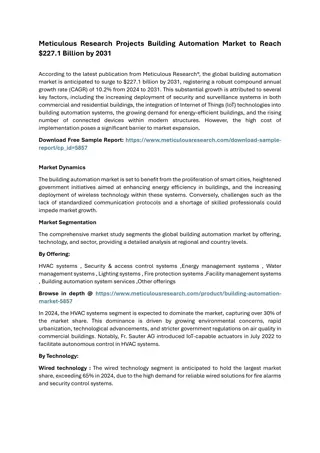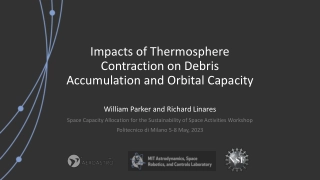Challenges and Opportunities in Satellite Connectivity Systems
Satellite connectivity systems face challenges such as handset emissions, limited bandwidth, and interference issues, but also present opportunities for innovative technologies like high-gain systems and phased array antennas. The European Union's MSS S-band spectrum allocation in 2009 is a notable example of regulatory decisions impacting satellite communication strategies.
Challenges and Opportunities in Satellite Connectivity Systems
PowerPoint presentation about 'Challenges and Opportunities in Satellite Connectivity Systems'. This presentation describes the topic on Satellite connectivity systems face challenges such as handset emissions, limited bandwidth, and interference issues, but also present opportunities for innovative technologies like high-gain systems and phased array antennas. The European Union's MSS S-band spectrum allocation in 2009 is a notable example of regulatory decisions impacting satellite communication strategies.. Download this presentation absolutely free.
Presentation Transcript
Catapult Open Connectivity from the Sky Matt Child Chief Architect, Future Satellite Systems Paul Febvre CTO, Satellite Applications Catapult
Catapult Open Catapult Open Satellite Direct to Handset Challenges Handset emissions and receive sensitivity Governed by cellular network requirements Restricted by health & safety of electromagnetic field strength PFD, ModCod for satellites different to terrestrial 3G/4G &5G Satellite emissions and receive sensitivity requires high gain systems Large Deployable Reflectors LDR s Dense Phased Array antenna Restricted to lower frequency bands Link budget, propagation and atmospheric effects L, S and C-bands preferred Therefore bandwidth and throughput restricted Satellite preference for FDD in bands where only TDD permitted In-band and out-of-band Interference Circular vs Linear Polarisation Handsets contain vertical or horizontal isotopic antenna Poor indoor penetration Doppler shift compensation Satellite hand-over for LEO systems Device registration
Catapult Open Catapult Open MSS Systems Iridium L-band, 66 satellites, LEO at 800km Ka-band ISLs, Ka-band feeder OFDM waveform Globalstar L/S-band, 22 satellites, LEO at 1400km C-band feeder IP-based WCDMA waveform Inmarsat L-band, GEO C-band feeder GMR-1 waveform Solaris Mobile*, Terrestar* S-band, GEO Ku-feeder GMR-3 waveform * Both Terrestar and Solaris Mobile acquired by Echostar
Catapult Open EU MSS S-Band (1) In 2009, European Commission held a beauty competition for the rights to the MSS S-band spectrum across the EU. The S-band spectrum up for grabs was the 2 x 30MHz in the 2GHz band, directly adjacent to the 3G UTRA band and uniquely, the licence also permitted the use of the spectrum for terrestrial services. This is known as CGC or Complementary Ground Component (or ATC in N America). The winners were Inmarsat and Solaris Mobile, a JV between SES & Eutelsat and the spectrum was split as 2 x 15MHz (ul/dl) to each.
Catapult Open EU MSS S-band (2) So what do you do with only 2 x 15MHz in a GEO orbit? Solaris Mobile s BP was based upon exploiting the CGC licence with a satellite overlay, direct-to- handset for network extension, gap filler and blue light services In fact, the BP was not realised as the Solaris Mobile satellite had a catastrophic failure on its reflector on the hosted payload operated by Eutelsat. Inmarsat instead went on develop the European Aviation Network, EAN using LTE cells pointed vertically for in-flight Internet access Solaris Mobile is now Echostar Mobile which operates a large and powerful S-band satellite, Echostar XXI, with around 100 beams across the EU. Key points: S-band is low bandwidth and low(ish) frequency at 2GHz, licenced to integrate with terrestrial services adjacent to 3G/4G.
Catapult Open Key Technology Enablers Beam Forming Phased Array Antenna At the RAN - mMIMO On board the satellite In the handset Interference mitigation Emergence of high density LEO constellations More achievable link margins Robust waveforms 3GPP evolution and Revision 17 Potential for shared spectrum? Satellite ready handsets iPhone 14 upwards with Qualcomm x65 modem and antenna pcb positioning Lower cost access to space
Catapult Open State of the Art Globalstar Apple iPhone S-band emergency services 5G Band n53 (2.4GHz) AST 64m Phased Array LYNK 5G tower in space Omnispace LEO Constellation operating in 5G spectrum. TBD Starlink Gen2 Starlink satellites will use a section of t-Mobile s mid-band PCS spectrum, which T-Mobile owns nationwide and is contiguous. In order to communicate in cell spectrum with cell phones, the satellites will have large phased array antennas, roughly 25 square meters large. These antennas will be supplemental to the Ku- and Ka-band antennas on the satellites. Musk
Catapult Open Catapult Open PULSARS Workshop Bandwidth multiplier Multiple Use Cases incl: Direct to HH VSAT Networks Military Secure Comms 5G integration Secure Agile Resilient Scalable Low cost Protects C-band Pulsars Node Cluster in Geostationary Orbit GBBF & Gateway Distributed Phased-Array Low-cost spacecraft 200kg, 250W 2m folding reflector Multiple Steerable User Beams 100Mb/s per beam Multiple users per beam Aggregate EIRP = 60-80dBW Beam Width <1 (1km dia) G/T = 5-10dB/K 8 8 All parameters are indicative
Catapult Open Summary To deliver the services the customer expects, the PFD needs to be equivalent to that delivered by the terrestrial mobile networks. Defence of the satellite uplink bands for FDD mode of operation for 5GNR, requires standardisation and regulatory intervention. Regulatory frameworks should accommodate regional variations to allow local regulators to adopt for their nations. Standardisation of waveforms under ETSI should drive towards simple integration into handsets to lower cost through increase scale and maximise interoperability.
Catapult Open Connectivity from the Sky Matt Child Chief Architect, Future Satellite Systems Paul Febvre CTO, Satellite Applications Catapult Thank You


